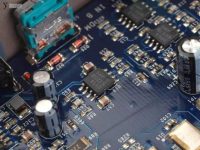
You must be familiar with these 10 PCB cooling methods!
“For Electronic devices, a certain amount of heat will be generated during operation, so that the internal temperature of the device will rise rapidly. If the heat is not dissipated in time, the device will continue to heat up, and the device will fail due to overheating. Performance will drop.
“
For electronic devices, a certain amount of heat will be generated during operation, so that the internal temperature of the device will rise rapidly. If the heat is not dissipated in time, the device will continue to heat up, and the device will fail due to overheating. Performance will drop.
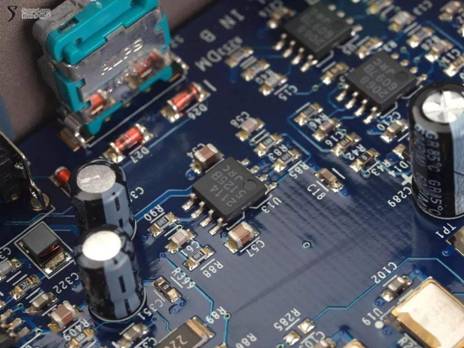
Therefore, it is very important to have a good heat dissipation treatment of the circuit board. The heat dissipation of the PCB circuit board is a very important link, so what are the heat dissipation skills of the PCB circuit board, let’s discuss it together.
01
Heat dissipation through the PCB board itself is currently widely used PCB boards are copper clad/epoxy glass cloth substrates or phenolic resin glass cloth substrates, as well as a small amount of paper-based copper clad sheets.
Although these substrates have excellent electrical properties and processing properties, they have poor heat dissipation. As a heat dissipation path for high-heating components, it is almost impossible to expect heat to be conducted by the resin of the PCB itself, but to dissipate heat from the surface of the component to the surrounding air.
However, as electronic products have entered the era of miniaturized components, high-density installation, and high-heat-generation assembly, it is not enough to rely on the surface of components with very small surface areas to dissipate heat.
At the same time, due to the large-scale use of surface-mounted components such as QFP and BGA, the heat generated by the components is transferred to the PCB board in a large amount. Therefore, the best way to solve the heat dissipation is to improve the heat dissipation capacity of the PCB itself that is in direct contact with the heating element. conduct or emanate.
Add heat dissipation copper foil and use large area power supply ground copper foil
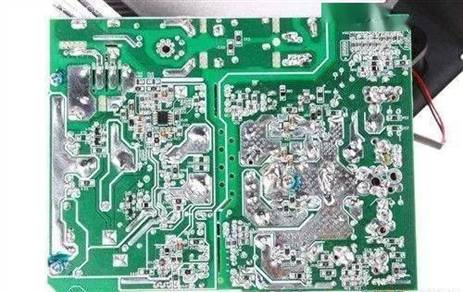
thermal via
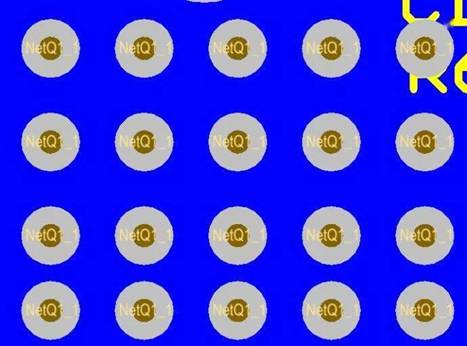
Copper is exposed on the back of the IC to reduce the thermal resistance between the copper skin and the air
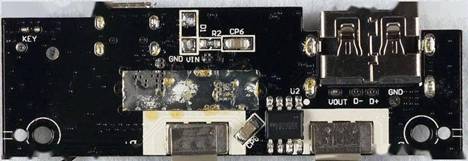
PCB layout
Thermally sensitive devices are placed in the cold air area.
The temperature sensing device is placed in the hottest location.
Devices on the same printed board should be arranged as far as possible according to their calorific value and degree of heat dissipation, and devices with low calorific value or poor heat resistance (such as small-signal transistors, small-scale integrated circuits, electrolytic capacitors, etc.) The uppermost stream (at the inlet), the devices with high heat generation or good heat resistance (such as power transistors, large-scale integrated circuits, etc.) are placed in the most downstream of the cooling airflow.
In the horizontal direction, the high-power devices are arranged as close to the edge of the printed board as possible to shorten the heat transfer path; in the vertical direction, the high-power devices are arranged as close to the top of the printed board as possible to reduce the temperature impact of these devices on other devices. .
The heat dissipation of the printed board in the equipment mainly depends on the air flow, so the air flow path should be studied in the design, and the device or printed circuit board should be reasonably configured.
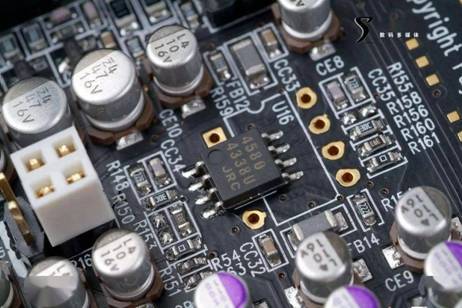
When air flows, it always tends to flow where the resistance is small, so when configuring components on a printed circuit board, it is necessary to avoid leaving a large airspace in a certain area. The configuration of multiple printed circuit boards in the whole machine should also pay attention to the same problem.
Devices that are more sensitive to temperature are best placed in the area with the lowest temperature (such as the bottom of the device). Never place it directly above the heat-generating device. Multiple devices are best staggered on a horizontal plane.
Place the devices that consume the most power and generate the most heat near the best heat dissipation locations. Do not place high-heat components on the corners and edges of the printed board unless a heat sink is arranged near it.
When designing the power resistor, choose a larger device as much as possible, and adjust the layout of the printed board so that there is enough space for heat dissipation.
Component spacing recommendations:
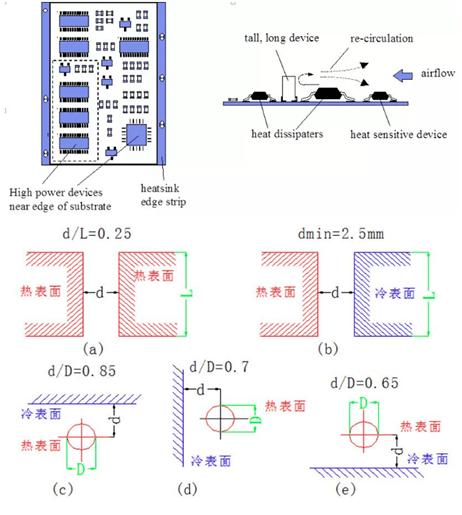
02
High heat-generating device plus radiator and heat-conducting plate When there are a few devices in the PCB that generate a large amount of heat (less than 3), a heat-sink or heat-conducting pipe can be added to the heat-generating device. When the temperature cannot be lowered, the Radiator with fan for enhanced cooling.
When the number of heating devices is large (more than 3), a large heat dissipation cover (board) can be used, which is a special radiator customized according to the position and height of the heating device on the PCB or a large flat radiator. Cut out the high and low positions of different components. Fasten the heat dissipation cover on the component surface as a whole, and contact with each component to dissipate heat.
However, the heat dissipation effect is not good due to the poor consistency of the components during assembly and welding. Usually, a soft thermal phase change thermal pad is added to the component surface to improve the heat dissipation effect.
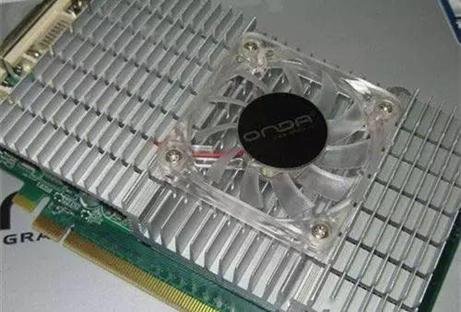
03
For equipment cooled by free convection air, it is best to arrange the integrated circuits (or other devices) in a vertical arrangement or a horizontal arrangement.
04
Use reasonable trace design to achieve heat dissipation. Because the resin in the plate has poor thermal conductivity, and the copper foil lines and holes are good conductors of heat, improving the residual rate of the copper foil and increasing the thermal conduction holes are the main means of heat dissipation. To evaluate the heat dissipation capacity of a PCB, it is necessary to calculate the equivalent thermal conductivity (nine eq) of the composite material composed of various materials with different thermal conductivity—the insulating substrate for PCB.
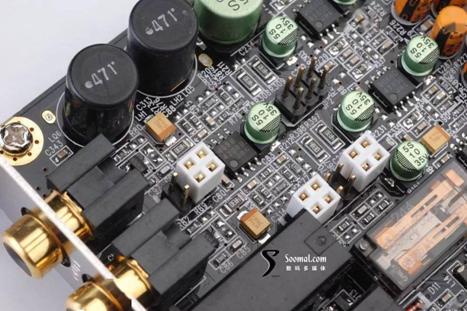
05
Devices on the same printed board should be arranged as far as possible according to their calorific value and degree of heat dissipation. Devices with low calorific value or poor heat resistance (such as small-signal transistors, small-scale integrated circuits, electrolytic capacitors, etc.) The uppermost stream (at the inlet), the devices with high heat generation or good heat resistance (such as power transistors, large-scale integrated circuits, etc.) are placed in the most downstream of the cooling airflow.
06
In the horizontal direction, the high-power devices are arranged as close to the edge of the printed board as possible to shorten the heat transfer path; in the vertical direction, the high-power devices are arranged as close to the top of the printed board as possible to reduce the temperature impact of these devices on other devices. .
07
The heat dissipation of the printed board in the equipment mainly depends on the air flow, so the air flow path should be studied in the design, and the device or printed circuit board should be reasonably configured.
When air flows, it always tends to flow where the resistance is small, so when configuring components on a printed circuit board, it is necessary to avoid leaving a large airspace in a certain area.
The configuration of multiple printed circuit boards in the whole machine should also pay attention to the same problem.
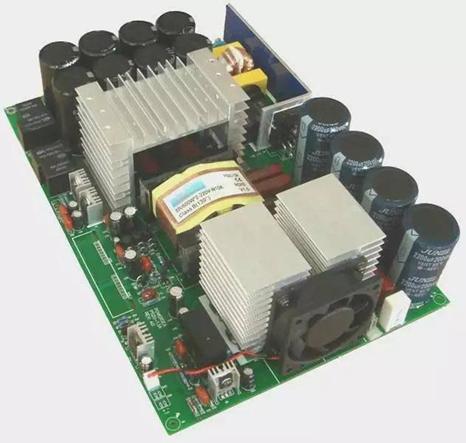
08
Devices that are more sensitive to temperature are best placed in the area with the lowest temperature (such as the bottom of the device). Never place it directly above the heat-generating device. Multiple devices are best staggered on a horizontal plane.
09
Place the devices that consume the most power and generate the most heat near the best heat dissipation locations. Do not place high-heat components on the corners and edges of the printed board unless a heat sink is arranged near it. When designing the power resistor, choose a larger device as much as possible, and adjust the layout of the printed board so that there is enough space for heat dissipation.
10
Avoid the concentration of hot spots on the PCB, distribute the power evenly on the PCB as much as possible, and keep the temperature performance of the PCB surface uniform and consistent.
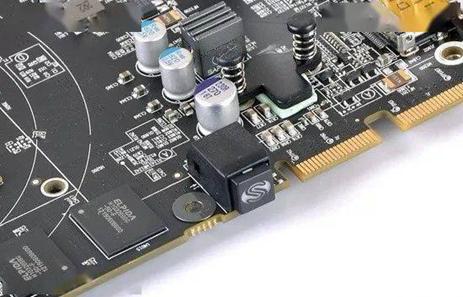
It is often difficult to achieve a strict uniform distribution in the design process, but areas with too high power density must be avoided to avoid hot spots affecting the normal operation of the entire circuit.
If conditions permit, it is necessary to conduct thermal performance analysis of printed circuits. For example, the thermal performance index analysis software module added in some professional PCB design software can help designers optimize circuit design.
The Links: 6MBI75S-120 SKM145GB174DN LCD-PANEL



